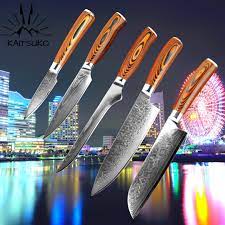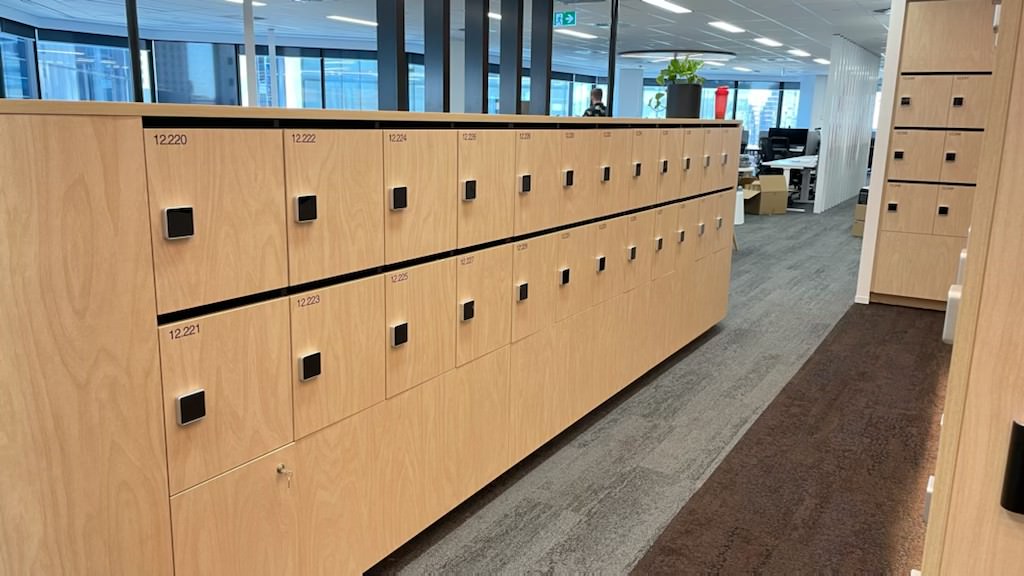Introduction:
If you are looking for top-high quality knives for the kitchen, you can’t fail with Japanese Kitchen Knives. These knives offer outstanding functionality, sturdiness, and style compared to other types of kitchen cutlery. Plus, they are offered in a number of sizes and shapes to fit distinct requirements. So how do you select the best Japanese knife for your kitchen? Let us take a look at some tips to help you make a well informed selection.
Forms of Japanese Knives
The first task in picking the right knife is understanding the various types of Japanese knives accessible. There are 2 major kinds of kitchen knife (couteau de cuisine): classic and contemporary. Classic variations consist of santoku (the all-objective blade), nakiri (perfect for slicing greens) and yanagiba (just the thing for slicing fish). Modern day types have been adjusted from classic models with sharper cutting blades, better ergonomics and more durable supplies. Frequent modern day types consist of gyutou (a flexible chef’s knife) and takobiki (perfect for chopping sashimi).
Materials Utilized in Producing Knives
When it comes to picking a good quality knife, materials is key. The most common material used to make Japanese knives is co2 metal having a hardness status between 56-60 about the Rockwell level. Other popular supplies involve steel, which happens to be easy to preserve but is lacking in sharpness after a while damascus metal that has excellent benefit maintenance and alloy stainlesss steel that provides excellent corrosion amount of resistance but requires much more regular sharpening.
Knife Quality & Durability
The grade of a knife depends on its building, benefit retention and blade power — all elements that be determined by its resources as well as workmanship. High quality knives could have blades which are securely attached to their takes care of with rivets or pins, strong ends that last well against deterioration, and durable blades that withstand cracking or busting even with recurrent use. The best way to determine good quality is simply by checking out different types prior to making any purchase — this gives you a solid idea of which kind of fabric works for your unique needs.
Conclusion:
With regards to choosing the best Japanese kitchen knife for your needs, there are numerous factors to consider which include kind, material used in making the blade and general top quality/durability. It’s vital that you seek information just before investing in any purchase to help you obtain the excellent knife which fits your entire needs while still being within spending budget. With one of these ideas at heart, you ought to have no difficulty getting a substantial-top quality Japanese kitchen knife that will last years!


